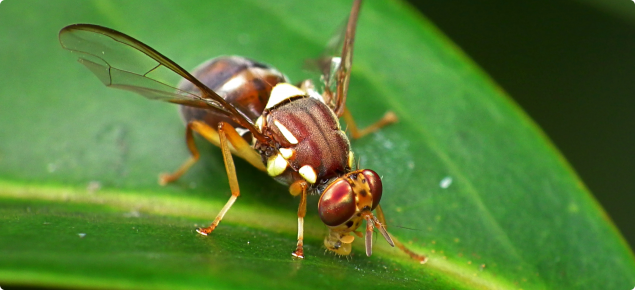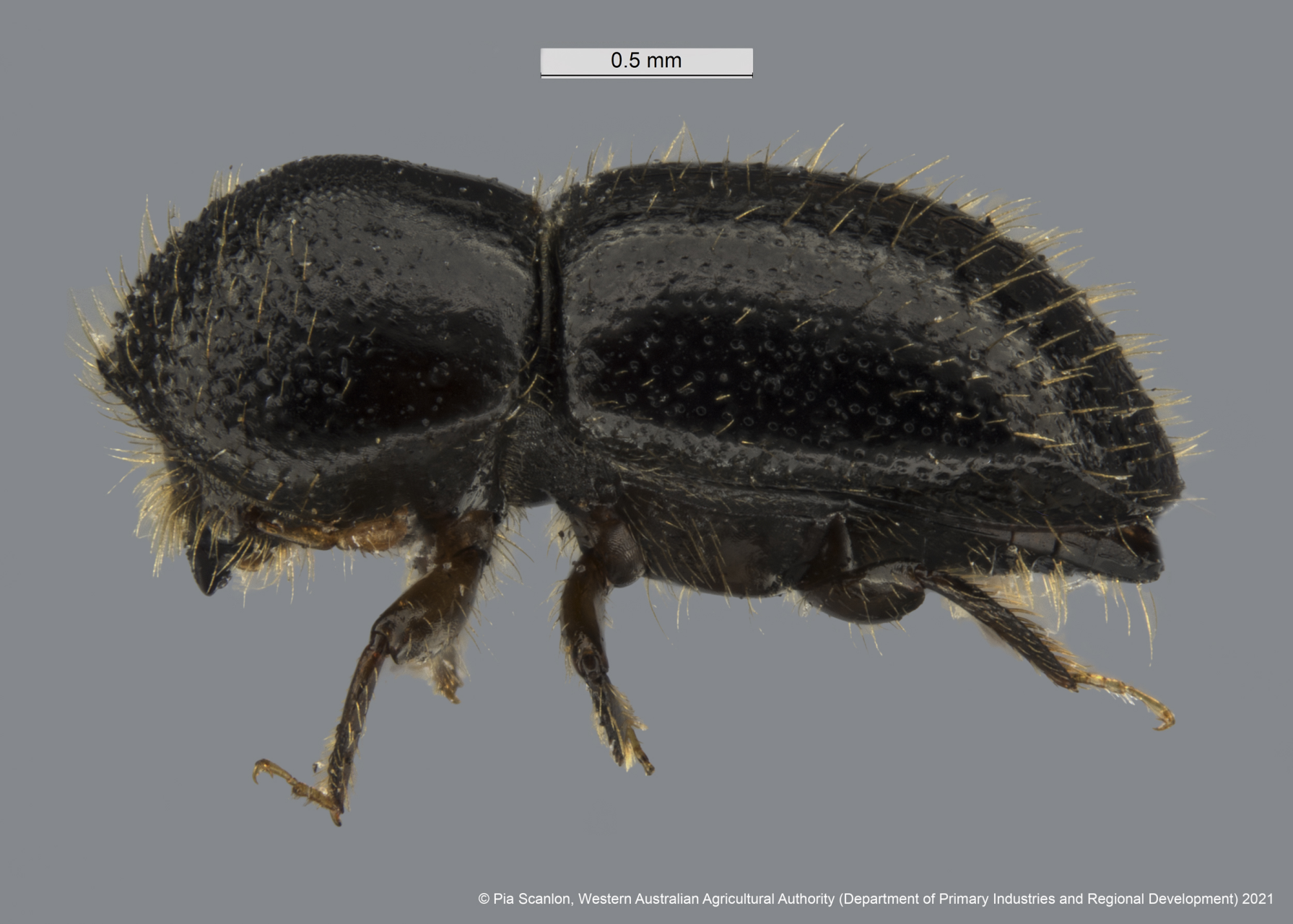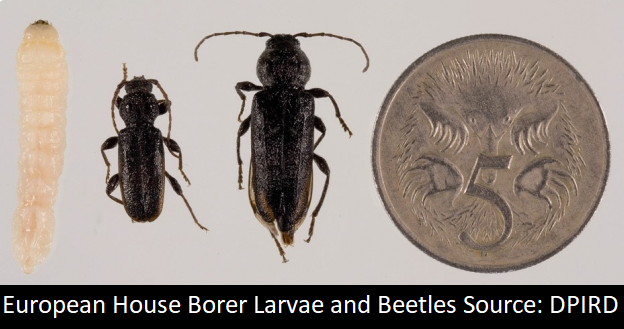Published on Thursday, 13 July 2023 at 11:04:25 AM
The Town of Bassendean is currently under three management zones for the following pests:
- Queensland Fruit Fly (Bactrocera tryoni)
- Polyphagous Shot Hole Borer (Euwallacea fornicatus)
- European House Borer (Hylotrupes bajulus)
Queensland Fruit Fly – Export Assurance Zone
Queensland Fruit Fly, or QFly, was confirmed in Bayswater in 2023. In response a Quarantine Area was established, with a two main zones, a Corrective Action Zone and Export Assurance Zone. The Town of Bassendean sits within the Export Assurance Zone.
How can residents help with the management of Qfly:
- Visit the QFly Biosecurity Alert Page on the DPIRD website. Keep an eye on your fruit trees, vegetable garden and ornamental host plants. Regularly inspect host plants for signs of Qfly damage including small holes, or the presence of larvae/maggots.
- Report suspect Qfly via the MyPestGuide® Reporter app or by contacting the Pest and Disease Information Service on 9368 3080 or email [email protected].
- Garden hygiene – pick up and dispose of fallen fruit. Fallen fruit is a prime breeding ground for fruit flies, so it is important to pick up and dispose of any fallen fruit as soon as possible.
- Use netting – covering your fruit trees with fine netting can help prevent fruit flies from accessing the fruit. Ensure netting is kept off the ground to prevent Qfly from completing their life cycle in the ground.

Polyphagous Shot Hole Borer – Quarantine Area
Polyphagous Shot Hole Borer (PSHB) is a small beetle native to Southeast Asia, which attacks a wide ranges of tree species. The Town of Bassendean sits within the Quarantine Area for PSHB.
How can residents help with the management of PSHB:
- Visit the PSHB Biosecurity Alert Page on the DPIRD website. Keep an eye susceptible species in your garden and neighbourhood. Regularly inspect host plants in your garden for signs of borer including small holes, discoloration/staining of wood, gumming, sugar volcanoes, frass or dieback of host plants.
- Report suspect PSHB via the MyPestGuide® Reporter app or by contacting the Pest and Disease Information Service on 9368 3080 or email [email protected].
- Follow the Quarantine Area requirements, including:
- Wood must be chipped into pieces smaller than 2.5 cm to be moved outside the Quarantined Area
- Living plants with woody stems greater than 2 cm in diameter must not leave the Quarantine Area
- Machinery handling green waste must be cleaned of wood material prior to leaving the Quarantine Area
Movement of wood and plant material within the Quarantine Area is still permitted, and permits can be obtained from the Department of Primary Industries and Regional Development if the above conditions are unable to be met.
The Town’s Skip Bin Greenwaste collection and kerbside FOGO collection service to residents are not affected by the Quarantine Area.

European House Borer – Restricted Movement Zone
European House Borer (EHB) is a pest of seasoned coniferous timber including pine, fir and spruce, and has the potential to cause major structural damage to buildings. The northeast section of the Town of Bassendean sits within a Restricted Movement Zone (RMZ) for EHB. This area includes east of Iolanthe Street and May Road and north of Broadway Reserve, Old Perth Road and Surrey Street.
How can residents help with the management of EHB:
- Visit the EHB Biosecurity Alert Page on the DPIRD website. If your garden has a susceptible host species, inspect dead wood for signs of infestation. If your home was constructed with untreated structural pine wood, consider having an annual pest inspection with a EHB accredited pest controller.
- Report suspect EHB via the MyPestGuide® Reporter app or by contacting the Pest and Disease Information Service on 9368 3080 or email [email protected].
- Garden hygiene – EHB only infects dead wood of coniferous species, so remove dead wood from trees in your garden and chip to less than 100cm3.

All images sourced from the Department of Primary Industries and Regional Development.
Back to All News